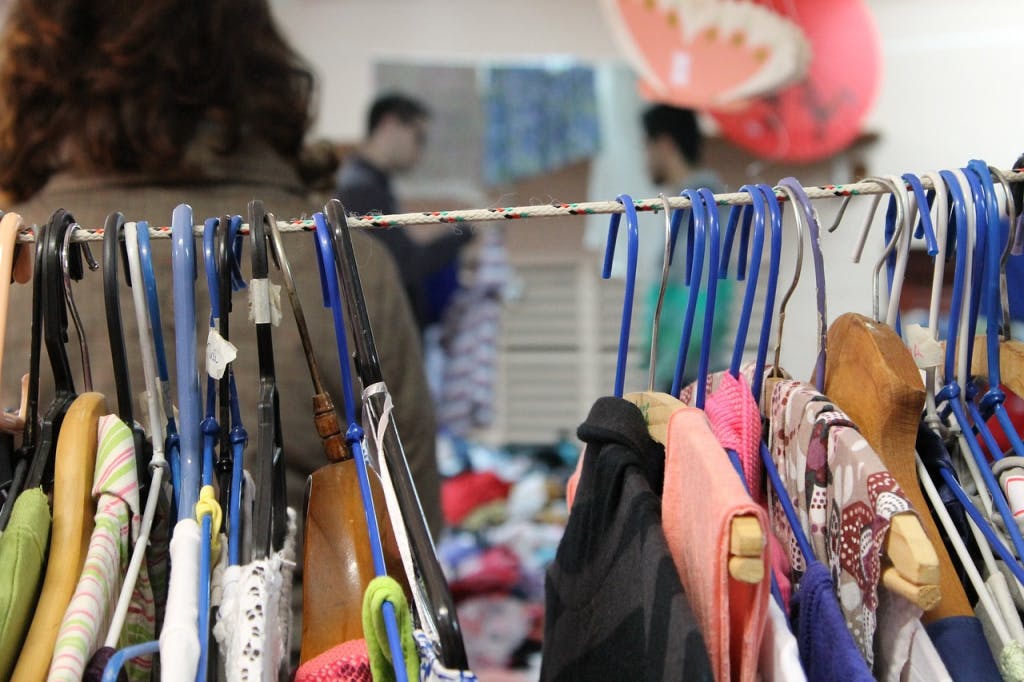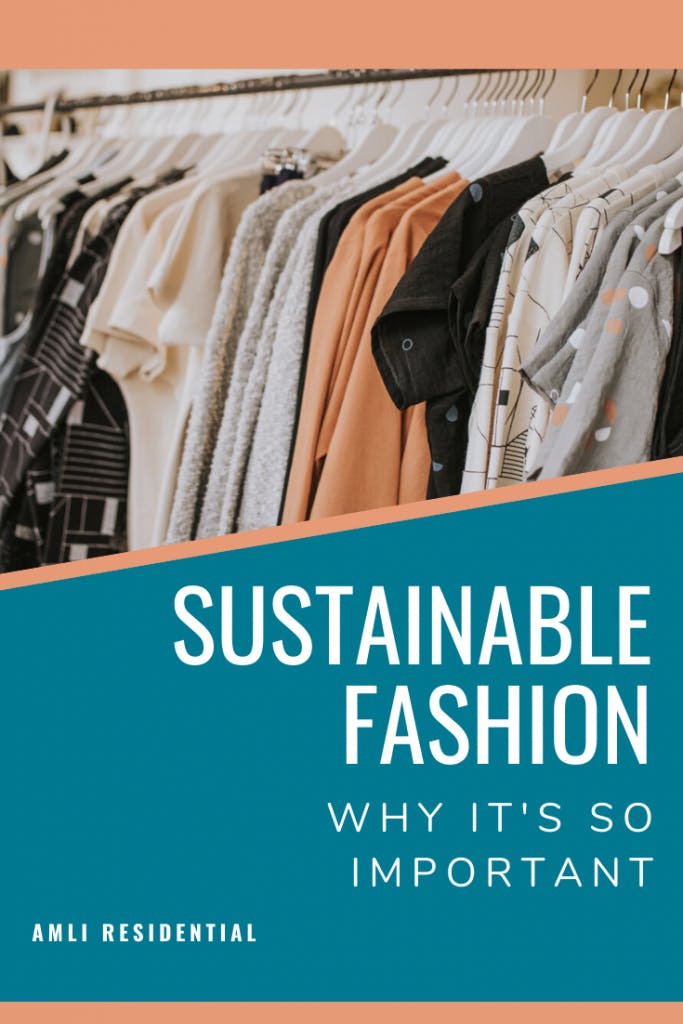Did you know that 25 billion pounds of clothing gets thrown away each year in the United States alone? That's around 82 pounds per person. For every 82 pounds, 70 pounds (85 percent) goes straight to the landfill.
In this era of "fast fashion," consumers are surrounded by shifting styles and evolving tastes, meaning that clothes go out of style more quickly. The result is that billions of pounds of clothing is dumped and begins to take up space in landfills. If this doesn't seem dire enough to you, here are some more facts:
- Cotton farming creates 24% of insecticides and 11% of pesticides globally each year. This comes straight from the United Nations Alliance for Sustainable Fashion. The fashion industry also produces almost 20% of global wastewater.
- The United Nations also reports that the fashion industry is responsible for 10% of global greenhouse gas emissions. This is a result of the long supply and manufacturing chains needed to create the clothing.
- The clothing industry is the second-largest polluter in the world. The largest is the oil industry.
- It takes more than 5,000 gallons of water to manufacture a pair of jeans and a simple t-shirt, according to Forbes.
- If these numbers aren’t enough to get you thinking, click here to find out more.
Just let that sink in for a little while.
When people think of sustainability, they often think of recycling plastics and making eco-friendly cleaning supplies. But the environmental cost of fashion is often overlooked, as it is nearly too profitable an industry to risk taking away. Clothing is still relatively cheap to buy compared to housing, education and automobiles, which makes consumers feel justified in buying more.
Fighting the clothing industry is not an easy battle. As with any fight for environmental issues, it can be hard to see how one person could make any difference at all. However, as cheesy as it may sound, every change starts with one person. Here are some ways that you can help create a more sustainable fashion environment through your clothing choices.
Thrift
Thrifting supports an industry that keeps clothes out of landfills just a little while longer. By donating to and buying from a thrift store, the piece of clothing is given another chance at life instead of rotting away in a dump.
Unfortunately, many thrift stores (such as Goodwill) still have no choice but to throw away leftover clothes if no one buys them. Despite this, the amount of used items that avoid the dump is extraordinary, especially the amount of clothes. Supporting the thrifting industry supports the idea that used items are okay, and that out-of-style doesn't mean in-the-dump.

Buy from sustainable fashion sources
The process behind making a T-shirt is extensive. Cotton has to be grown, harvested, cleaned and spun; the textiles have to be woven and fabric must be made. Patterns must be cut, pieces need to be sewn and the final product must be embellished. Along the way, workers have to be paid and transportation must be accounted for.
Unfortunately, many of the people who work in the early stages of the fashion industry are underpaid and exploited for their cheap labor. Knowing where your clothes come from will raise your awareness of how people and land are being exploited for your fashion.
Just as people are exploited for fashion, so do clothing industries exploit natural resources. Imagine how many pairs of jeans and tees you've had in your life, then multiply that by the 5000 gallons of water Forbes said was required to make them. No pair of jeans is worth that much, not by a long shot.
Luckily, there are clothing companies that are committed to reducing the environmental impact of the fashion industry. Check out these clothing companies below that openly strive to bring consumers sustainable fashion.
- Levi’s Water<Less collection
- Eileen Fisher
- The Reformation
- Threads 4 Thought
- Girlfriend Collective
- Style Saint
Make/re-purpose your own clothes
No, we aren't in the dark ages. Yes, we can still sew our own clothes.
If you are artistically-inclined, then why not take on the challenge of making your very own clothes? Patterns are readily available online and in stores, and there are options for those of all levels of sewing experience. Plus, you can choose exactly what you want, right down to the color, style and fit. There are tons of tutorials on how to turn shirts into dresses, shorts into purses or blankets into shawls.
Don't give up on a piece of clothing just because it doesn't quite work. Give it a chance to be something else, and you may find that you like it more as a result.
This crafty solution may not be for everybody, but even sewing a baby's onesie or dog coat is a starting point. It can be fun, too, if you enjoy arts and crafts. The process of making your own clothes cuts out the manufacturing and labor effects that would come from making clothes in a factory. Sewing, in it's own way, is a form of sustainable fashion.
The bottom line is this: be aware of how your clothing choices can affect the environment. Sustainability is a lifestyle choice, not a product choice. That doesn't mean it is easy, but it's definitely not impossible.

***
Feature photo courtesy Unsplash/Lauren Fleischmann
Second photo courtesy Pixabay/Livoca


 View All Posts by Colleen Ford
View All Posts by Colleen Ford